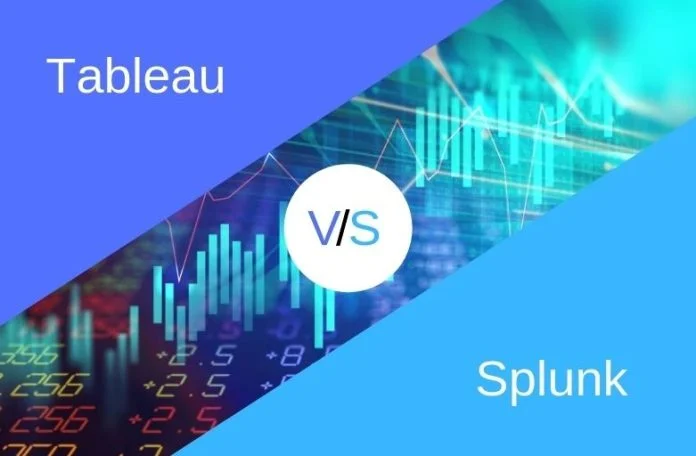Data quality plays a pivotal role in enhancing any entrepreneurial performance. So it is essential to sustain these quality initiatives with some data analysis tools.
Data analysis is a process that helps in segregating, evaluating, transforming, and modeling the raw information into a useful resource to aid in efficient decision-making.
Various data analytical tools are available, but “Tableau and Splunk” are the most widely used. Here, we shall compare Tableau vs Splunk.
TABLEAU:
It is a business intelligence visualization tool that synthesizes raw data into a defined format to provide real-time-structured data.
As a part of the optical device, it creates unlimited access to verified and readily available information, which helps the customer in making the most effective decisions.
Some of the prominent enterprises using this tool are:
- Pandora
- Deloitte
- Citrix
SPLUNK:
It is a database search engine tool that facilitates indexing, altering, acknowledging, and reporting of the end to an end-user solution.
It provides visualization and extraction of real-time data from any source to your infrastructure to deliver a mass amount of significant information.
Some of the prominent enterprises using this tool are:
- Baylor University
- Bosch
- NPR
DIFFERENCE BETWEEN TABLEAU AND SPLUNK:
• Ranking:
Tableau is ranked as the number one analytical tool as per EDUCBA, a corporate bridge consultancy whereas Splunk is ranked as second.
• Function:
Tableau’s primary function is to visualize and share information for a quick decision, whereas the core function of Splunk is to collect and index machine-generated information.
• Data Source:
Tableau can synthesize information using a data model in an upfront schema. It also requires an extraction process for the standardization of information.
In Splunk information can be extracted using a search box Splunk. It doesn’t require any relational database at the backend for the standardization of information.
• Pricing factor:
Tableau’s pricing starts from $70/month whereas Splunk’s pricing starts from $ 675/month.
• Designed for:
Tableau is a visualization tool built for analysts, business decision-makers, and data scientists, while Splunk is a system monitoring tool built for developers.
• Platform supported:
Tableau is available on Windows, iPhone/iPad, Linux, Android, Mac, and Web-based platforms. Like Tableau, Splunk is also available on every platform except for Linux and Web-based platforms.
• Services offered:
Tableau offers the following services: strategy development, data management, visualization, and analytics, while services offered by Splunk are security and compliance, IT operations, adoption, and cloud services.
CONCLUSION:
Nowadays, data analysis acts as a success factor for a company. Though both tools have their advantages over each other.
But as per the current scenario, people prefer Tableau widely which much easier tool to learn. Moreover, it can easily visualize data from different data sources than Splunk.
Recommended For You:
Top Open-Source Data Visualization Tools
Spotfire vs. Tableau: Which Data Visualization Software is better?

